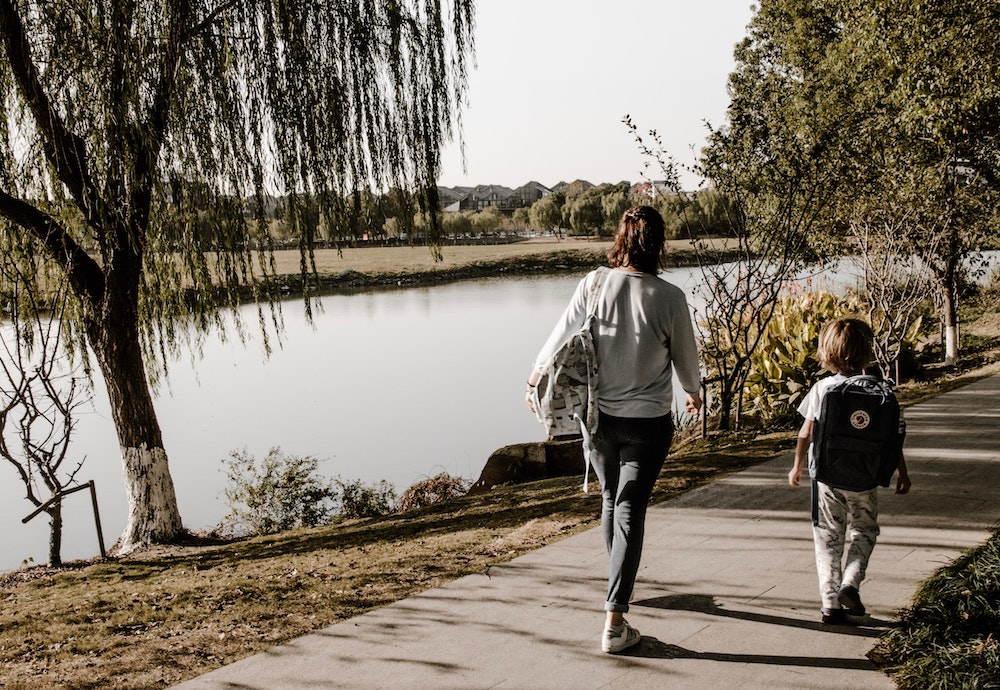 Sophie Ingham is a Post CCT Fellow at Haxby Group Practice in York
Sophie Ingham is a Post CCT Fellow at Haxby Group Practice in York
Haxby Group Practice asked patients to complete an online questionnaire, comparing levels of exercise before and during lockdown. Over 5000 patients responded and 28.7% of patients were exercising more often during lockdown. For some this was exercising weekly rather than monthly, for others it was exercising daily instead of not at all. More details can be found at BJGP.org where it has been published as an eLetter.°
A few weeks ago at the height of the lockdown, I was out walking my dog and happened to notice a family of four running. A mum. A dad. A brother. And a sister. Each running at their own pace (or strictly adhering to the 2-metre social distancing rule) but nevertheless running together as a family. It struck me that this was an unfamiliar sight.
As I continued my walk, I contemplated what I had just witnessed. Was this run a normal Sunday tradition for this family that I had noticed only because the streets were empty? Or had I witnessed this family trying out a new form of exercise perhaps for the first time? What had led to this family run? Was this something they had always talked about doing but never had the time? Or was this lockdown boredom, combined with a desire to exhaust the children?
The COVID-19 pandemic is undoubtedly a disaster of unparalleled proportions. Hundreds of thousands of people worldwide have died. Unemployment is rising. There is so much uncertainty about the future both economically and from a health care perspective that at times remaining optimistic can be a challenge.
The parks are full of fathers and daughters, mothers and sons kicking a ball about or throwing a frisbee.
Are this family an exception? I don’t believe so. You only have to open your eyes to see that this family is one of many who have chosen to exercise during lockdown. The pavements are crawling with runners of all ages and all shapes. The near-empty roads are lined with cyclists aplenty. The parks are full of fathers and daughters, mothers and sons kicking a ball about or throwing a frisbee. And it’s not just outside. People are exercising in their homes. The closure of gyms and community classes have led to individuals turning to online classes and social media platforms for their exercise fix. Thinking back to those common excuses that have littered so many consultations in the past, perhaps people are now realising that exercise can be free, does not require fancy equipment, and can be a good way of spending time with their children, building relationships but also teaching them healthy habits which they will hopefully take with them into adulthood.
So perhaps there is a silver lining to this COVID-19 crisis. Certainly it seems as though restriction has triggered change, a desire to be more active and healthy. As health professionals it is important that we recognise that new exercise habits have been formed and take time to nurture and encourage the changes our patients have made hopefully leading to a happier and healthier future.
Featured photo by Claire Chang on Unsplash







Hear hear! I couldn’t agree more Sophie – the parks near me have never been busier with people getting active outdoors and this has to be a good thing as long as social distancing is respected. Learn more about lifestyle medicine, in particular physical activity, at the upcoming online and free event organised by the RCGP physical activity and lifestyle clinical priority team: https://rcgpportal.force.com/s/lt-event?id=a1U1i000001nsCLEAY&site=a0d0Y00000AeOP6QAN#Overview
Thank you for the comments and recommendation Andrew, I joined the conference on Saturday and really enjoyed it!
[…] Ingham recalls an early-lockdown experience: […]
I don’t know if you will get this or remember me, but I very much need to speak to you. If you get this I would be very grateful if you contact me. I wouldn’t bother you if it wasn’t very important.